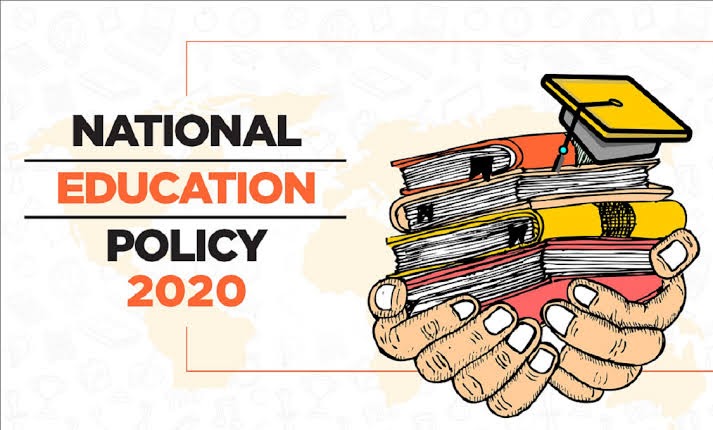National Education Policy: India’s education system is under scrutiny following a recent study that highlights critical challenges and the need for strategic reforms under the National Education Policy (NEP) framework. The study, conducted by the Confederation of Indian Industry (CII), compares educational investments across eight countries, revealing India’s stagnant spending levels. To address these pressing issues and align with the goals of the National Education Policy, the report advocates for increasing India’s education budget to 6% of GDP—a recommendation consistent with global standards to elevate the quality of education and foster holistic development.
Key Findings of the Study
The study, titled “Comparative Study of School Education Systems,” evaluates the education systems of eight nations: India, Australia, China, Indonesia, Sweden, Thailand, the UK, and the USA. Covering the years 2018 to 2023, the analysis reveals that India’s education spending has remained stagnant, fluctuating between 2.7% and 2.9% of GDP over six years.
Global Spending Trends
The report highlights stark disparities in education spending:
- Developed nations like Sweden allocate 6.7%–6.9% of GDP, while the UK spends 5.3%–5.6%.
- Developing countries such as Indonesia (3.7%–4.3%) and Thailand (4.0%–4.3%) also surpass India in educational investment.
These comparisons underscore the urgent need for India to boost spending to match global benchmarks.
Growth Trends Across Nations
The report also examines growth rates in education spending:
- Australia saw an 8% increase.
- China recorded a modest growth of 2.4%.
- India showed no growth, remaining stagnant.
Meanwhile, Indonesia experienced a 2.8% decline, and Sweden returned to its baseline after minor fluctuations. These trends emphasize India’s need for strategic reforms to address its spending gap.
The Case for Strategic Investment
India’s consistent allocation of 2.7%–2.9% of GDP to education falls significantly short of the 5%–7% seen in many developed economies. This underinvestment poses serious challenges to the quality of education and the nation’s overall development, according to the report.
Research Methodology
The study employed a strategic sampling approach, relying on secondary data from credible sources such as government reports, OECD and UNESCO publications, and academic research. Key focus areas included:
- Educational structure
- Funding mechanisms
- Curriculum development
- Equity and inclusion
- Vocational training
Impact of National Education Policy 2020
The introduction of the National Education Policy (NEP) 2020 marked a significant step toward reforming India’s education sector. According to a CII official, NEP 2020 promotes holistic learning and supports students’ overall growth. The policy aims to position India’s education system more competitively on the global stage while providing actionable recommendations for its implementation.
Recommendations for Reform
The study outlines actionable strategies for improving India’s education system:
- Increase the education budget to 6% of GDP to meet global standards.
- Focus on vocational and digital education as part of NEP 2020.
- Adopt best practices from other nations to enhance educational outcomes.
By prioritizing these reforms, India can address its current challenges and pave the way for a stronger, more equitable education system.




